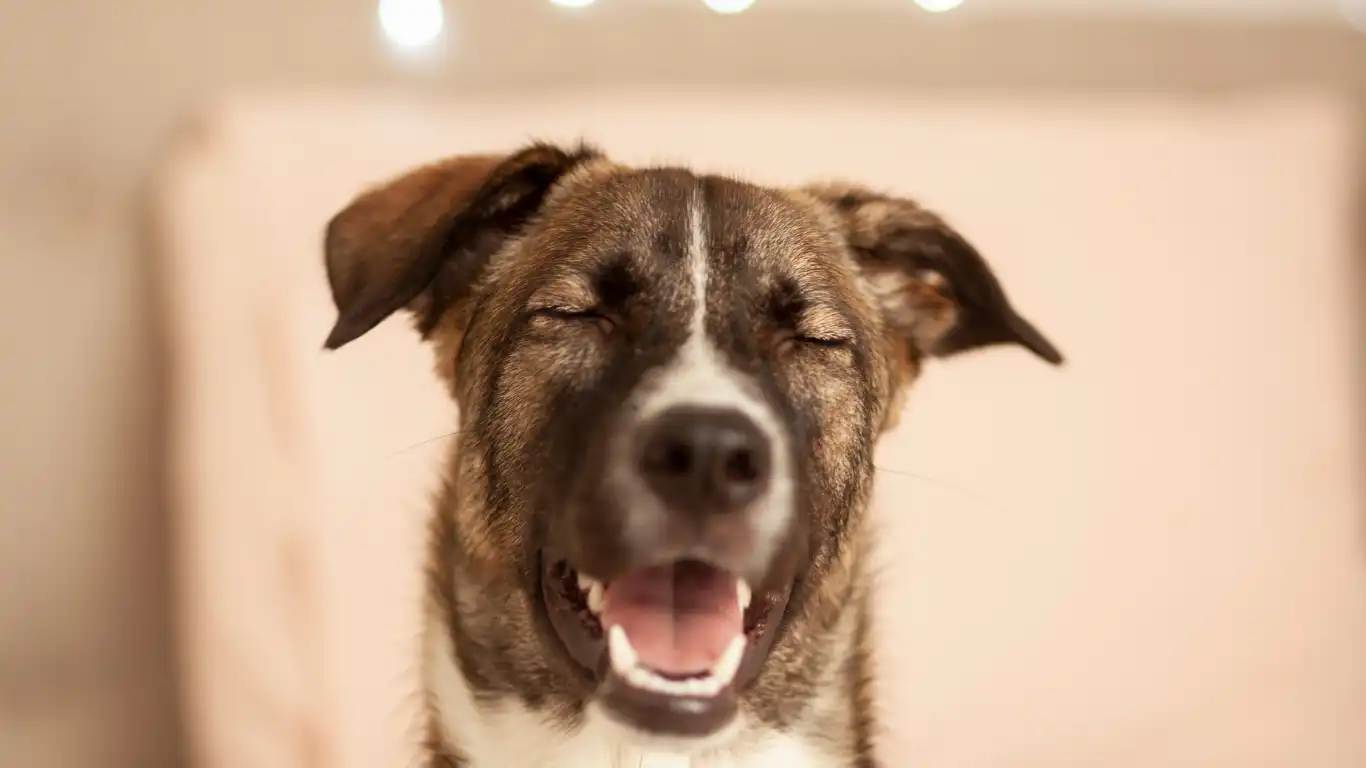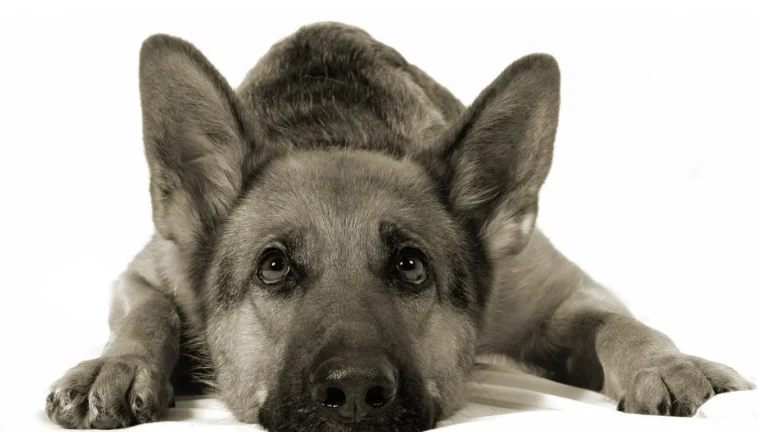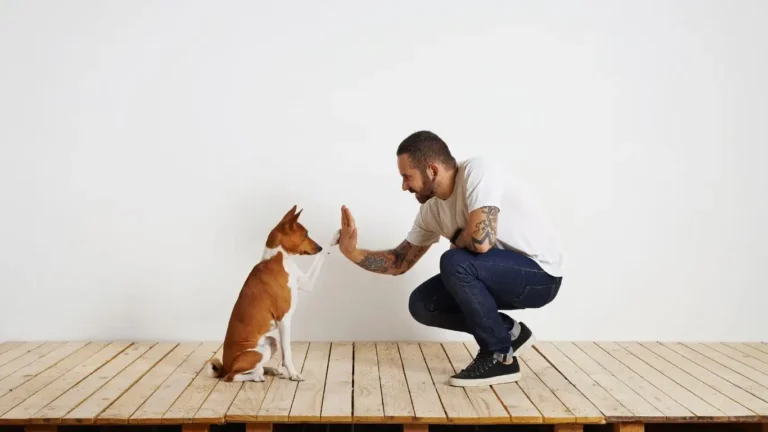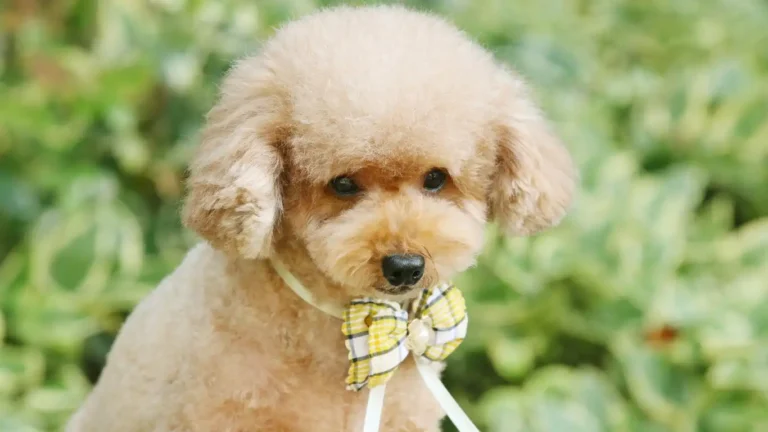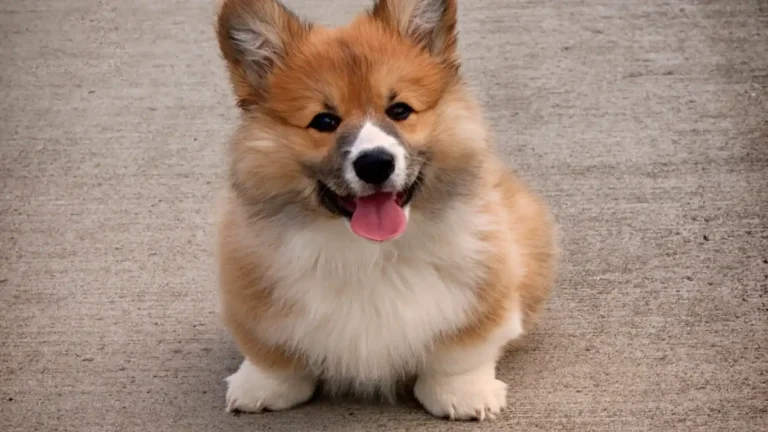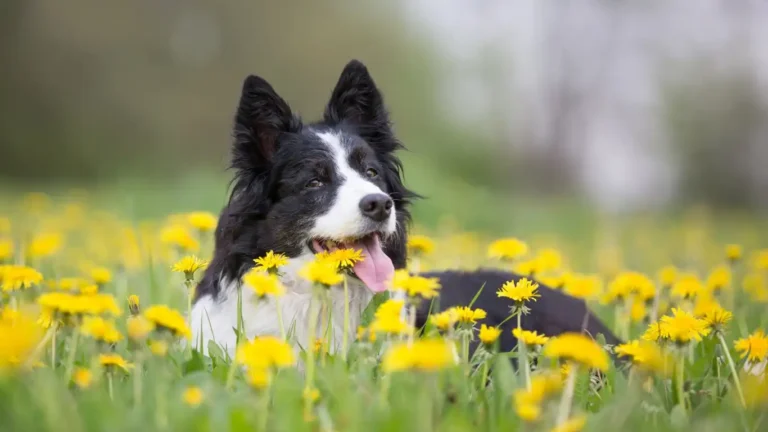How to Prepare a Dog for a Grooming Session: Essential Tips to Make It Stress-Free
Preparing your dog for a grooming session can be a rewarding experience for both you and your furry friend. As a veterinary technician specializing in nutrition, I’ve had the privilege of helping pet owners navigate the challenges of grooming, and I’ve learned a thing or two along the way. Whether you’re a seasoned pet parent or a newbie, grooming your dog requires more than just a good brush and some shampoo. It’s about making sure your dog feels comfortable and relaxed, so the session goes as smoothly as possible. Let’s dive into how you can best prepare your dog for grooming, so both you and your pet can enjoy the process without stress.
Why Preparing for a Grooming Session Matters
We all know that dogs can be a little nervous when it comes to grooming. Some may even feel anxious, which can make the experience stressful for both of you. That’s why proper preparation is key. In my years of experience, I’ve found that when a dog is well-prepared for grooming, they’re much more likely to stay calm and cooperative. Plus, it makes the process quicker and more enjoyable for everyone involved.
Understanding Your Dog’s Needs
Before you even think about grabbing the brush or clippers, take a moment to consider your dog’s breed, temperament, and past grooming experiences. Some dogs have thick, curly coats that need regular maintenance, while others have short, fine fur that’s easier to manage. Additionally, older dogs or dogs with health issues might have different grooming requirements.
It’s also important to assess how your dog reacts to being handled. Does your dog love belly rubs and grooming sessions, or do they shy away from brushes? If your dog has had negative experiences with grooming in the past, they may need some extra time and care to get comfortable with the process. I’ve worked with many dogs who were initially afraid of the grooming table but learned to associate it with positive experiences. It’s all about patience!
Build Positive Associations
If your dog is nervous about grooming, you’ll want to start building positive associations with grooming tools long before the actual session. Start by introducing your dog to brushes, clippers, and other grooming equipment gradually. Let them sniff the tools, and use treats and praise to create a positive connection.
For example, I’ve found that brushing a dog’s fur while they’re relaxed on the couch or during a play session can help desensitize them to the sensation of a brush. When they’re calm and happy, give them treats and verbal praise. This way, your dog learns that grooming doesn’t always have to be something to dread.
How to Prepare Your Dog for a Grooming Session
Now that we’ve covered the basics, it’s time to dive into some practical steps you can take to make grooming less stressful for your dog. The following tips come from my personal experience, as well as advice I’ve shared with pet owners over the years. These steps will help you prepare your dog and ensure that grooming is a pleasant experience for both of you.
1. Brush Your Dog Before the Appointment
Brushing your dog’s coat before the grooming appointment is one of the simplest but most effective ways to reduce stress. Brushing helps to remove tangles, mats, and loose fur, which will make the grooming process go a lot smoother. It also allows your dog to become familiar with the sensation of being touched in different areas, which can be especially helpful for sensitive spots.
For dogs with longer coats, it’s especially important to tackle any mats or tangles before the groomer begins their work. If mats are left untreated, they can cause discomfort and lead to skin irritation. Trust me—taking the time to do this step before you arrive at the grooming salon will make the groomer’s job easier and your dog’s experience more pleasant.

2. Ensure Your Dog Is Clean and Dry
Before heading to the grooming appointment, give your dog a quick bath to ensure they’re clean and dry. A dirty dog with a greasy coat is more likely to experience discomfort during the grooming process. If you’re bathing your dog yourself, make sure to use a dog-friendly shampoo that’s gentle on their skin.
Dry your dog thoroughly with towels or a blow dryer if your dog is comfortable with the sound. A damp coat can cause mats and tangles to form, making the groomer’s job harder. And while it’s not necessary to give your dog a full-on spa treatment, a good wash beforehand will certainly make them feel better, which translates to a more positive grooming experience.

3. Nail Trimming: A Crucial Step
Many dogs are sensitive when it comes to having their nails trimmed, but this is an important part of the grooming process. If you’re planning to trim your dog’s nails at home, be sure to do so a day or two before the grooming session. This way, your dog won’t be anxious about the groomer doing it.
If you’re unsure how to trim your dog’s nails safely, you can always ask a veterinarian or groomer for guidance. Regular nail trimming is essential not only for comfort but also to prevent overgrowth that can lead to painful conditions like ingrown nails.

Making the Grooming Experience Enjoyable for Your Dog
As you head into the grooming session, you might be wondering how to make sure your dog stays calm and cooperative. As a vet tech, I can tell you that making the grooming process as enjoyable as possible for your dog goes a long way in creating a positive experience. You want them to feel comfortable and relaxed, which means setting the right tone before you even step foot into the grooming salon.
4. Create a Calm Environment
One of the most important things you can do to prepare your dog for grooming is to keep their environment calm. If your dog tends to get anxious, try to avoid any chaotic situations or loud noises before the session. I’ve found that dogs who are already stressed out by car rides, crowds, or other stressful factors tend to carry that anxiety into the grooming session. To minimize this, try to keep things calm and quiet leading up to the appointment.
If your dog is particularly skittish, consider taking them on a calm walk before the grooming appointment to tire them out a little. A tired dog is less likely to be hyper or anxious. Plus, walks give you a chance to bond with your dog and help them feel more secure before heading into a potentially stressful situation.
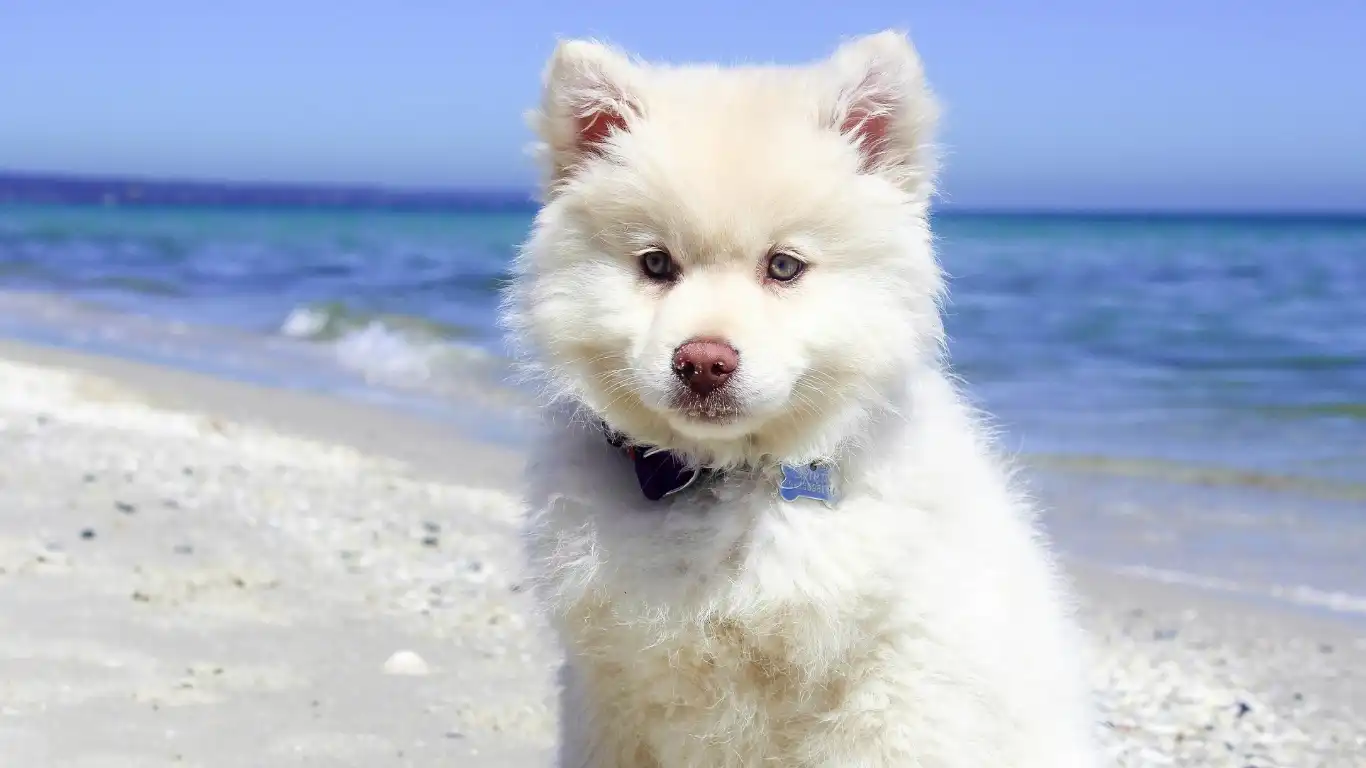
5. Pre-Grooming Desensitization
Sometimes, it’s not the grooming tools that stress dogs out but rather the unfamiliar sounds or sights of the grooming salon itself. If your dog is already wary of new environments or grooming spaces, desensitization can be a game-changer.
If you’re taking your dog to a professional groomer, it can help to take them for a quick visit just to introduce them to the space. This can be a short walk-through, where they get used to the smell, sounds, and people in the grooming area. A positive experience with a calm introduction can help ease some of the anxiety your dog might feel during their grooming appointment.
Another tip I’ve used is to slowly desensitize my own dogs to the sounds of grooming tools. I’ll turn on a blow dryer or a clipper in another room while rewarding them with treats or attention. Over time, they begin to associate these noises with positive things like playtime or snacks, which helps reduce their fear when it’s time to use those tools on them.
6. Stay Calm Yourself
Your dog is very perceptive, and they can often pick up on your energy. If you’re feeling stressed or anxious, they might start feeling the same way. That’s why it’s important to stay calm and relaxed before and during the grooming session. I can’t tell you how many times I’ve seen a dog get nervous because their owner is visibly tense or hurried. It’s like they can sense the anxiety and reflect it back. So, take a deep breath, stay positive, and show your dog that grooming is no big deal!
Even simple things like using a soothing tone when speaking to your dog or giving them gentle reassurance can help. I always try to stay upbeat with my clients’ pets, and I find that dogs pick up on my calm energy. This encourages them to stay calm too.
What to Expect During the Grooming Session
Now that your dog is prepared and you’ve set the stage for a calm grooming experience, it’s helpful to know what to expect during the session. Whether you’re going to a professional groomer or grooming your dog at home, understanding the steps involved can help reduce any anxiety about the process.
7. The Grooming Process: What Happens First?
When you first arrive at the grooming salon (or get ready at home), the groomer will likely start by assessing your dog’s coat, skin, and overall health. This is an important step because it helps the groomer decide which tools and techniques to use, especially if your dog has a unique coat type or skin sensitivities.
During this assessment, it’s not uncommon for the groomer to ask questions about your dog’s daily routine, diet, and any health concerns. I always ask pet owners about things like their dog’s activity level, diet, and any recent changes in behavior. This helps me provide the best care for each dog’s individual needs and ensures a safer grooming experience.
8. Bath Time: A Clean Start
Once the initial assessment is done, the grooming session typically begins with a bath. Depending on your dog’s coat type and the level of dirt or oils in their fur, the groomer will choose the appropriate dog-friendly shampoo and conditioner. A good bath is essential for removing dirt and debris and making your dog’s coat easier to work with during the rest of the grooming process.
If your dog is particularly nervous about water, don’t worry. Most groomers (and I!) are experienced at handling nervous dogs during bath time. I’ve learned a lot of tricks over the years, like using a slow and steady approach to make the dog feel more secure in the tub. I also recommend bringing your own towel or favorite blanket to wrap them in afterward, so they feel comforted and cozy once they’re dry.

9. Haircuts and Clipping
Once your dog is clean, it’s time for the haircut or clipping (if needed). Depending on the breed, some dogs require regular trims, while others may only need a little light touch-up. If you’ve been grooming your dog at home, you may be familiar with this part. But if you’re at a professional groomer’s, they’ll use clippers and scissors to give your dog the desired cut while being mindful of their skin and comfort level.
If your dog has a thick or curly coat, the groomer may need to work carefully through tangles and mats. This can take a little longer, but it’s all part of the grooming process. And don’t worry if your dog seems a little anxious. It’s perfectly normal for them to get a bit fidgety when it’s time for a trim, especially if they’ve never had a professional grooming experience before. It’s important to stay patient and provide comfort when needed.

Post-Grooming Care: Keeping Your Dog Happy and Comfortable
After the grooming session, your dog will likely look and feel fantastic, but there are still a few things to consider to make sure they stay comfortable and happy. As someone who’s worked as a veterinary technician and groomer, I can tell you that post-grooming care is just as important as the preparation that led up to the session.
10. Offer a Relaxing Environment After Grooming
Once the grooming session is over, it’s essential to let your dog unwind in a calm and quiet space. This helps them relax and recover from any stress or excitement they might have experienced during the grooming process. A nice, cozy spot in the house where they can lay down and chill will do wonders.
In my experience, I’ve found that giving your dog some quiet time post-grooming is especially important if they tend to get overstimulated. Dogs who are easily excited or anxious will benefit from a calm environment where they can just rest and process everything. It’s not uncommon for dogs to experience a little bit of post-grooming fatigue, so it’s totally normal if they seem a little tired afterward!
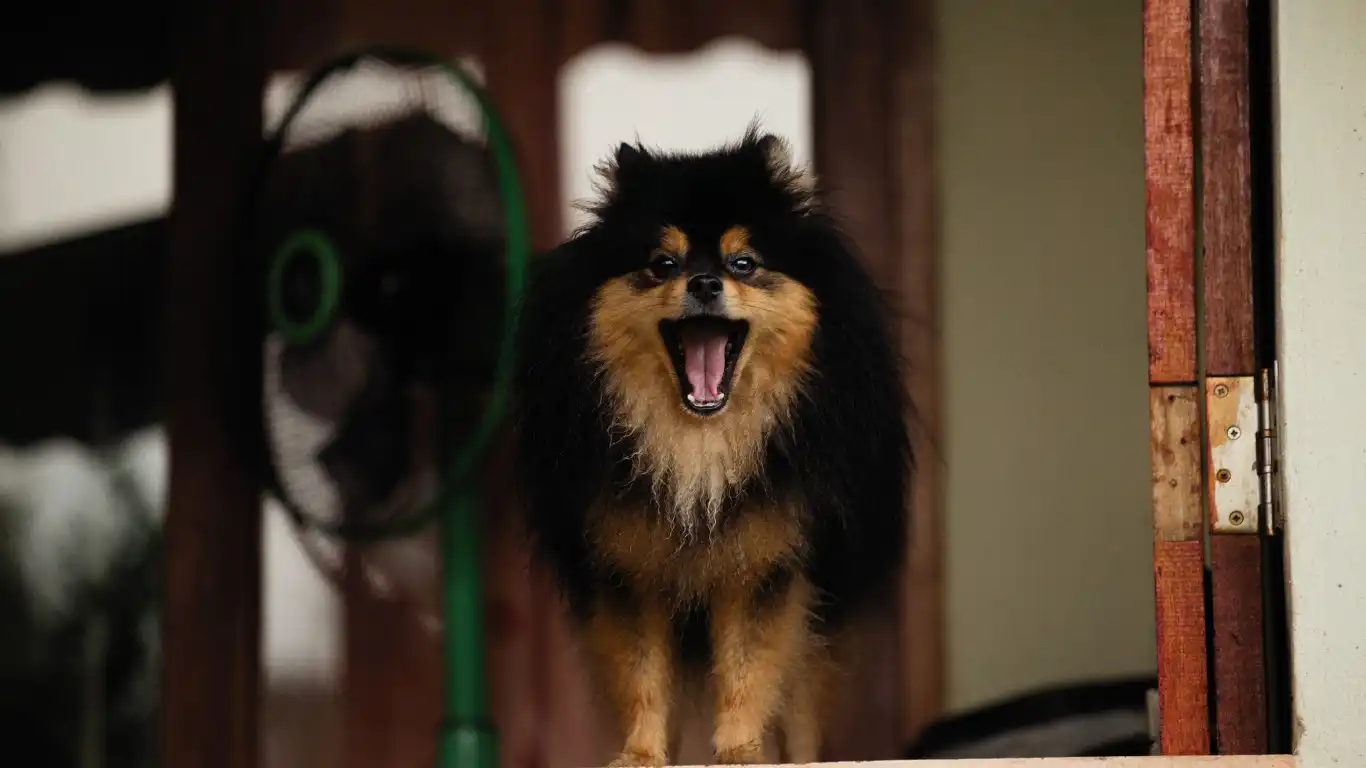
11. Reward Your Dog for Good Behavior
Positive reinforcement goes a long way, especially after a successful grooming session. Just like you would reward a dog for good behavior during training, rewarding them after grooming can help them associate the experience with something positive. This makes it easier the next time grooming rolls around.
I always recommend giving your dog a little treat or playing with them after a grooming session. It’s a simple way to reinforce the idea that grooming equals rewards and fun. Whether it’s their favorite treat, a new toy, or even a game of fetch, let them know they did a great job!
Even if your dog was nervous or fidgety during the session, offering them a treat can help reduce anxiety in the future. They’ll start associating the grooming process with a little something extra, which makes them more likely to cooperate next time.
12. Check for Any Skin Irritations or Issues
After a grooming session, it’s a good idea to check your dog for any skin irritations or areas that might need extra attention. Sometimes, clippers or grooming tools can cause minor scrapes or irritations, especially if the dog’s skin is sensitive or if the groomer has to work through mats. As a vet tech, I always recommend doing a quick check for any red spots, nicks, or sensitive areas.
If you notice anything unusual, don’t panic. Most of the time, these minor issues resolve themselves with a little TLC. However, if you see something more concerning—like swelling, redness, or bumps—don’t hesitate to consult your vet for advice.
Also, while your dog’s coat may be looking shiny and fresh, grooming can sometimes leave their skin exposed to drying or irritation. Make sure to keep them well-hydrated and apply any recommended creams or lotions to soothe the skin. A good moisturizing routine can help maintain the health of their coat and prevent dryness or flakiness.
How to Maintain Your Dog’s Grooming Results
It’s one thing to have your dog looking great right after a grooming session, but maintaining those results is another important factor in keeping your dog healthy and happy. Regular grooming at home can help keep their coat in tip-top shape between professional sessions. Plus, it gives you an opportunity to keep an eye out for any potential health issues.
13. Brush Regularly Between Grooming Sessions
One of the easiest ways to maintain your dog’s grooming results is to brush them regularly at home. Depending on the breed, some dogs may need daily brushing, while others might only require it once a week. If your dog has longer hair, brushing frequently will help prevent tangles and mats from forming. If you let tangles or mats build up, it’ll be harder to keep them comfortable, and grooming appointments may take longer in the future.
Even if your dog has short hair, brushing can help reduce shedding and keep their coat healthy. Regular brushing also gives you a chance to check for any signs of fleas, ticks, or skin issues that may need attention. It’s an easy way to keep your dog looking great without relying solely on professional grooming sessions.
14. Schedule Regular Grooming Appointments
Even though regular brushing is important, there’s no substitute for a professional grooming session. Depending on your dog’s breed, coat, and needs, you should schedule grooming appointments every 4 to 8 weeks. This helps ensure your dog’s coat stays healthy, their nails stay trimmed, and their ears remain clean.
Some dogs with thick coats or curly hair might need more frequent grooming to keep their fur from matting, while dogs with shorter coats may require less frequent visits. Discuss your dog’s grooming needs with your groomer, and they’ll be able to recommend a schedule that works best for your dog.
It’s also a good idea to schedule these appointments well in advance so you’re not scrambling for an appointment at the last minute. Many groomers book up quickly, so making an appointment ahead of time ensures your dog stays on track with regular grooming.
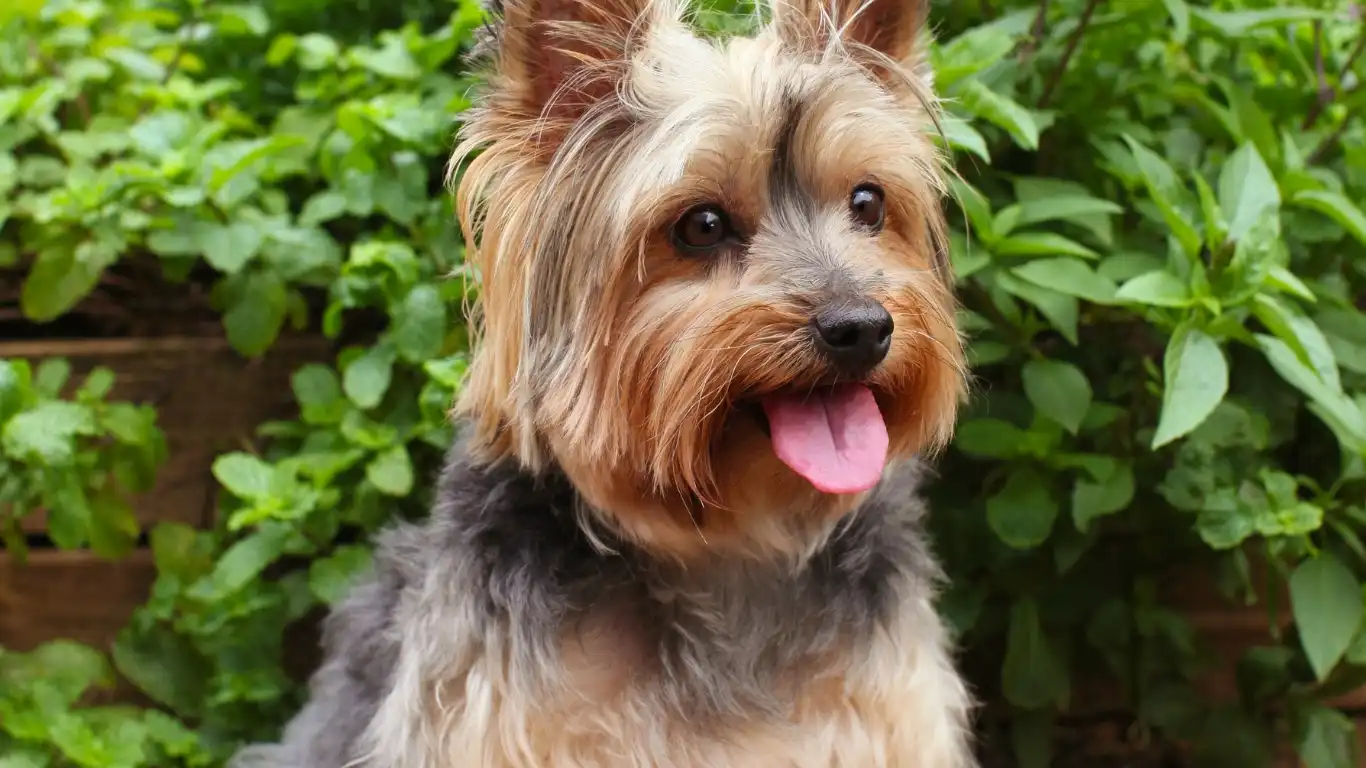
References
Disclaimer
The information provided in this article is intended for general informational purposes only. It is not meant to replace professional veterinary advice. Always consult with your veterinarian or a professional groomer if you have concerns about your dog’s health or grooming needs.
